Images provide insight for conservationists to aid wildlife protection efforts
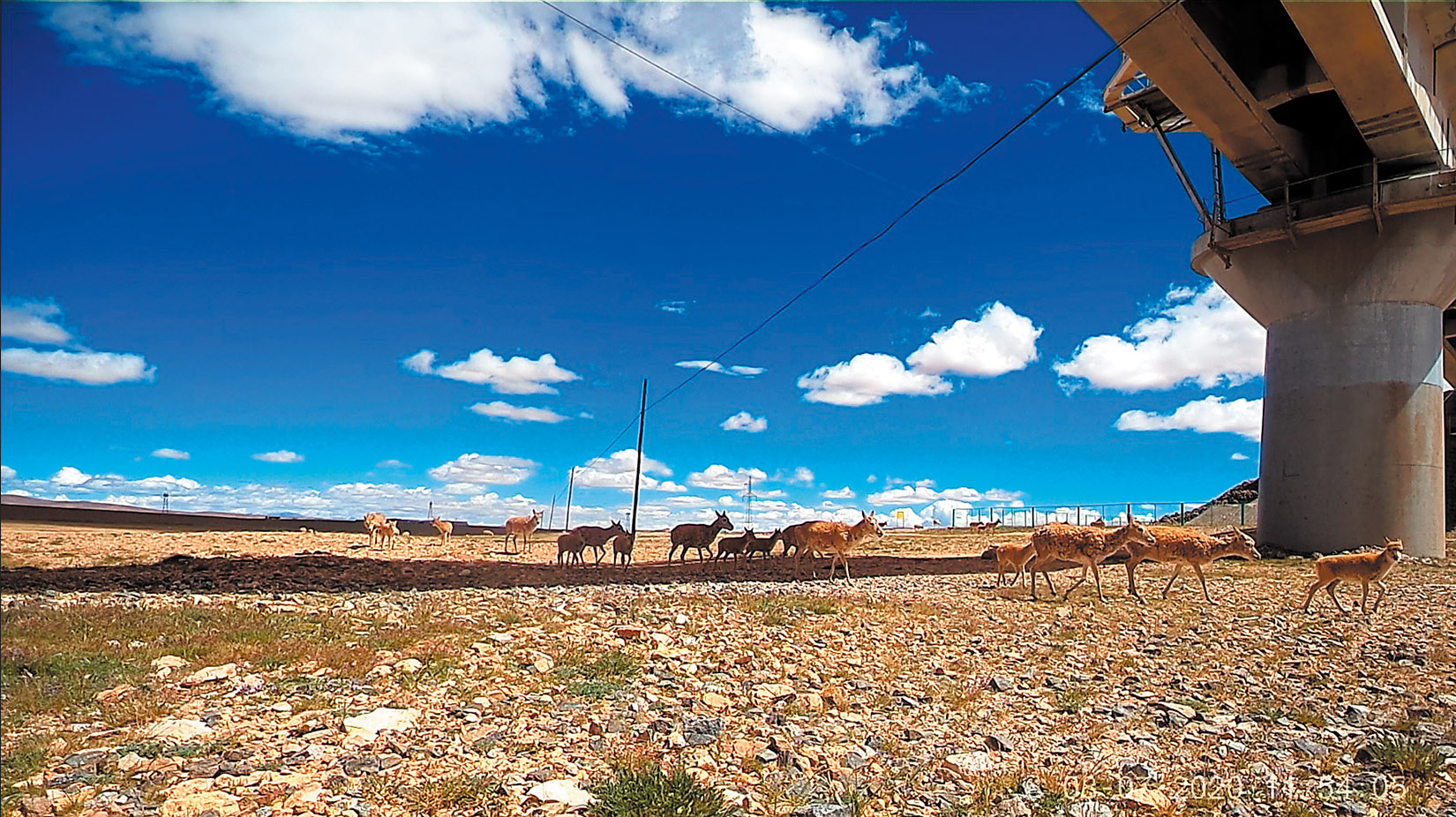
Editor's note: As protection of the planet's flora, fauna and resources becomes increasingly important, China Daily is publishing a series of stories to illustrate the country's commitment to safeguarding the natural world.
Cameras positioned in the remote habitats of some of China's rarest wildlife have not only provided insight into the lives of endangered species, but also fascinated many online who've reacted in awe at the extraordinary scenes captured.
The cameras, tripped by movement, have caught such moments as marmots fighting and a pair of snow leopard cubs following their mother, and have provoked a strong reaction among netizens in China, raising awareness of wildlife conservation.
The videos, which were posted on the streaming platform Bilibili by Eco-Bridge Continental, a nongovernment organization devoted to the conservation of nature in China, have garnered views in their millions.
"Felines such as snow leopards, lynxes and Pallas's cats are the viewers' favorite," said Gao Chen, executive communications director of the NGO. "The cameras capture a sense of liberation and joy of those creatures living in the wild," he said.
Gao's colleagues, who are tasked with field surveys, typically spend one to three months observing and detecting wild animals in their natural habitats. They divide the survey areas into several grids and place one or two cameras in each to capture the wild animals' movements.
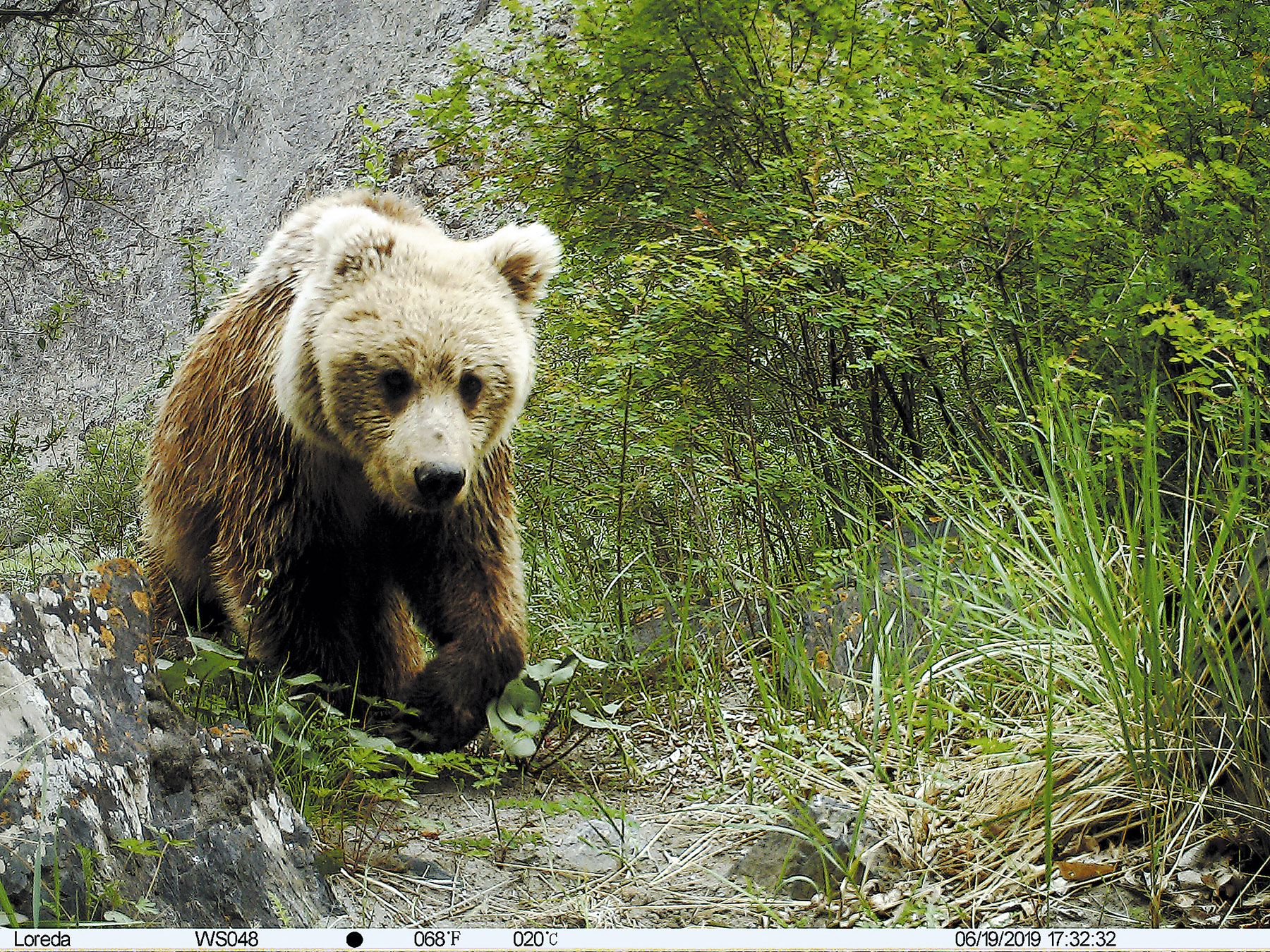
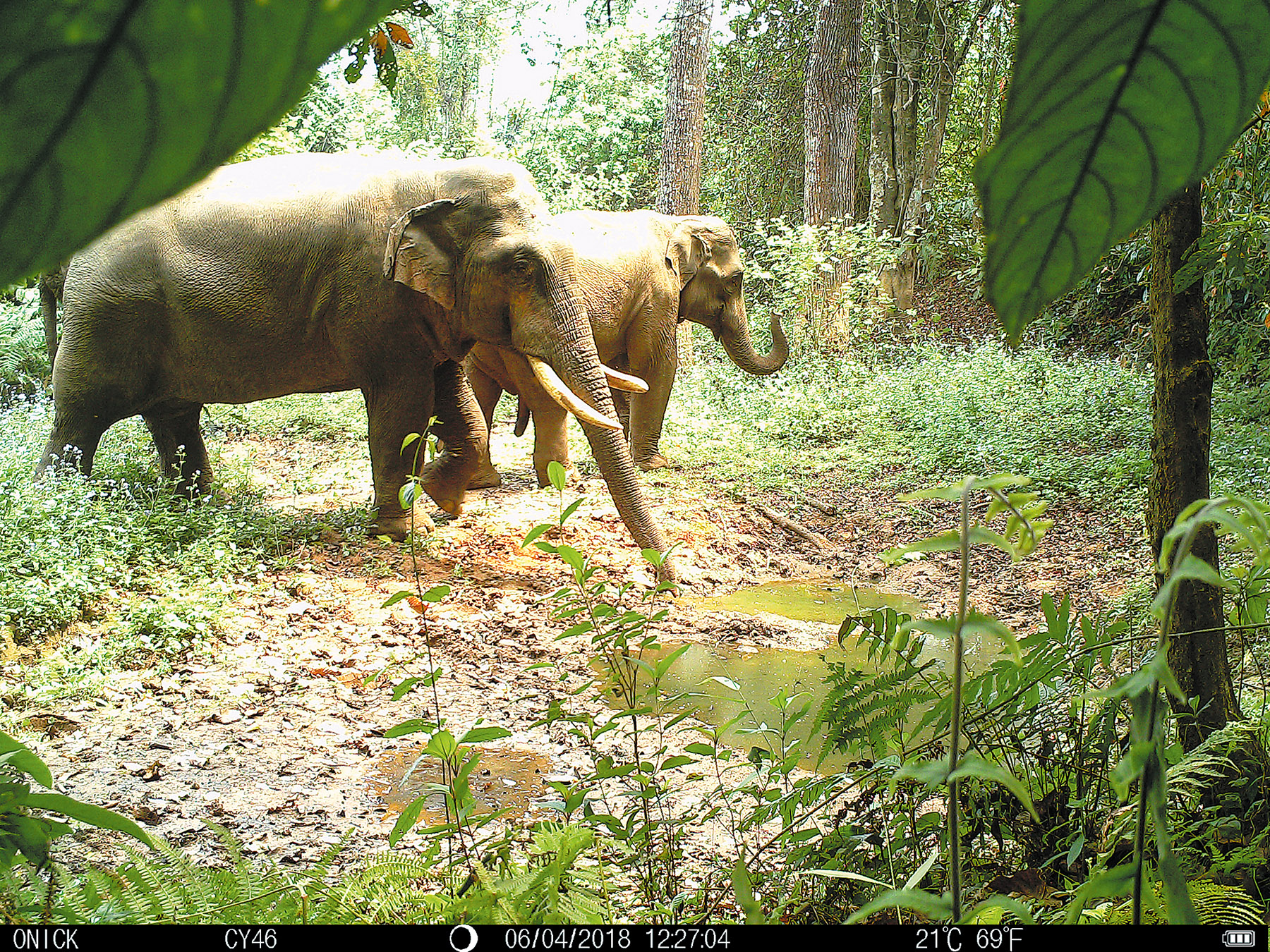
The images and videos captured by the cameras are retrieved every three to six months and released later on the internet after selection and editing.
"The time when the footage is captured and the time when we see it can be separated by a long period, but you still feel a kind of interaction across time and space," Gao said.
Snow leopards, lynxes, brown bears and red deer are often spotted in regions such as the Tianshan Mountains in the Xinjiang Uygur autonomous region and the Mount Qomolangma area.
Asian elephants have been captured by their cameras in Yunnan province and leopard cats, palm civets and gibbons have been recorded in Hainan province. During their surveys in Hoh Xil, the cameras even captured Tibetan antelopes.
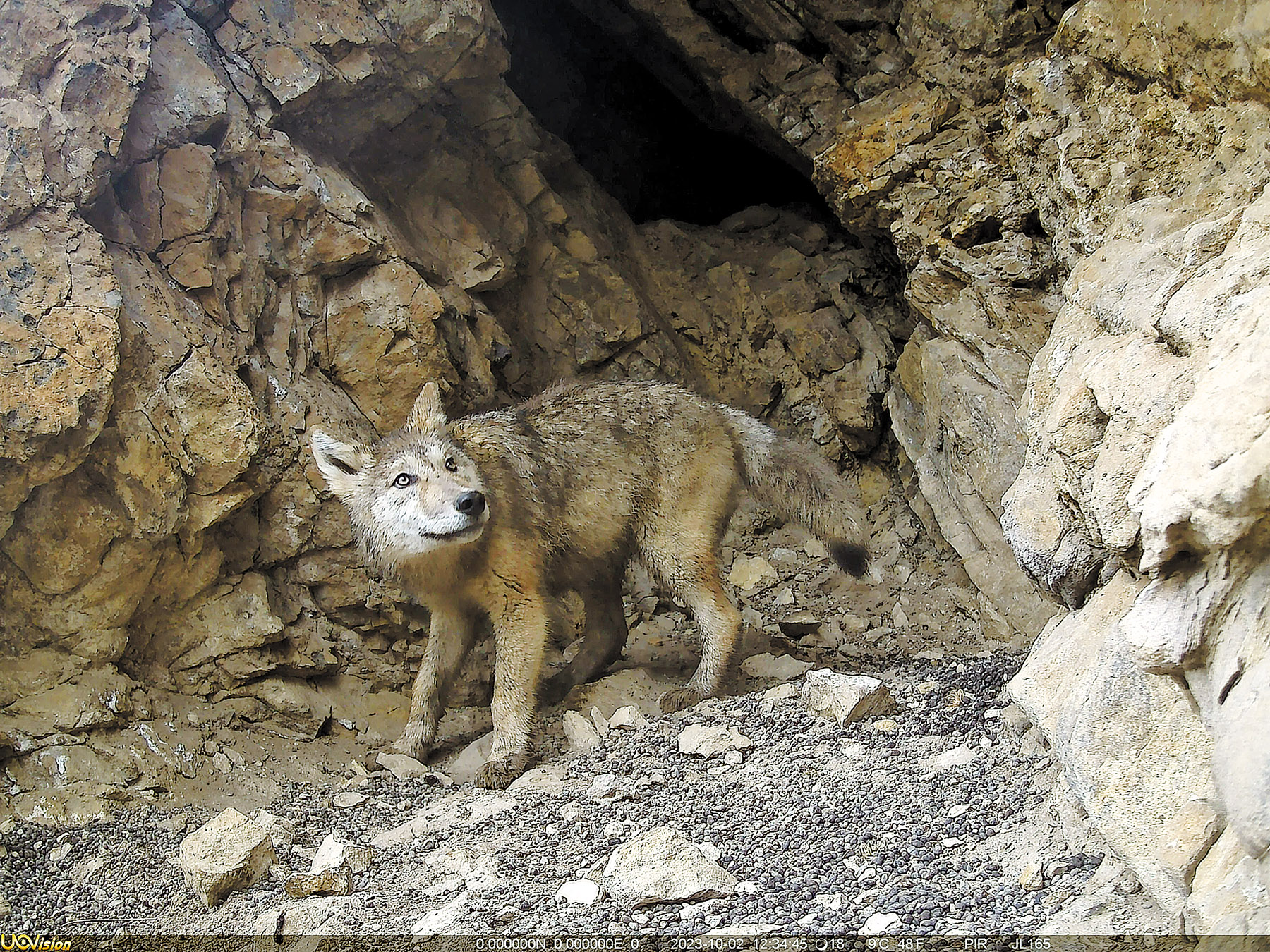
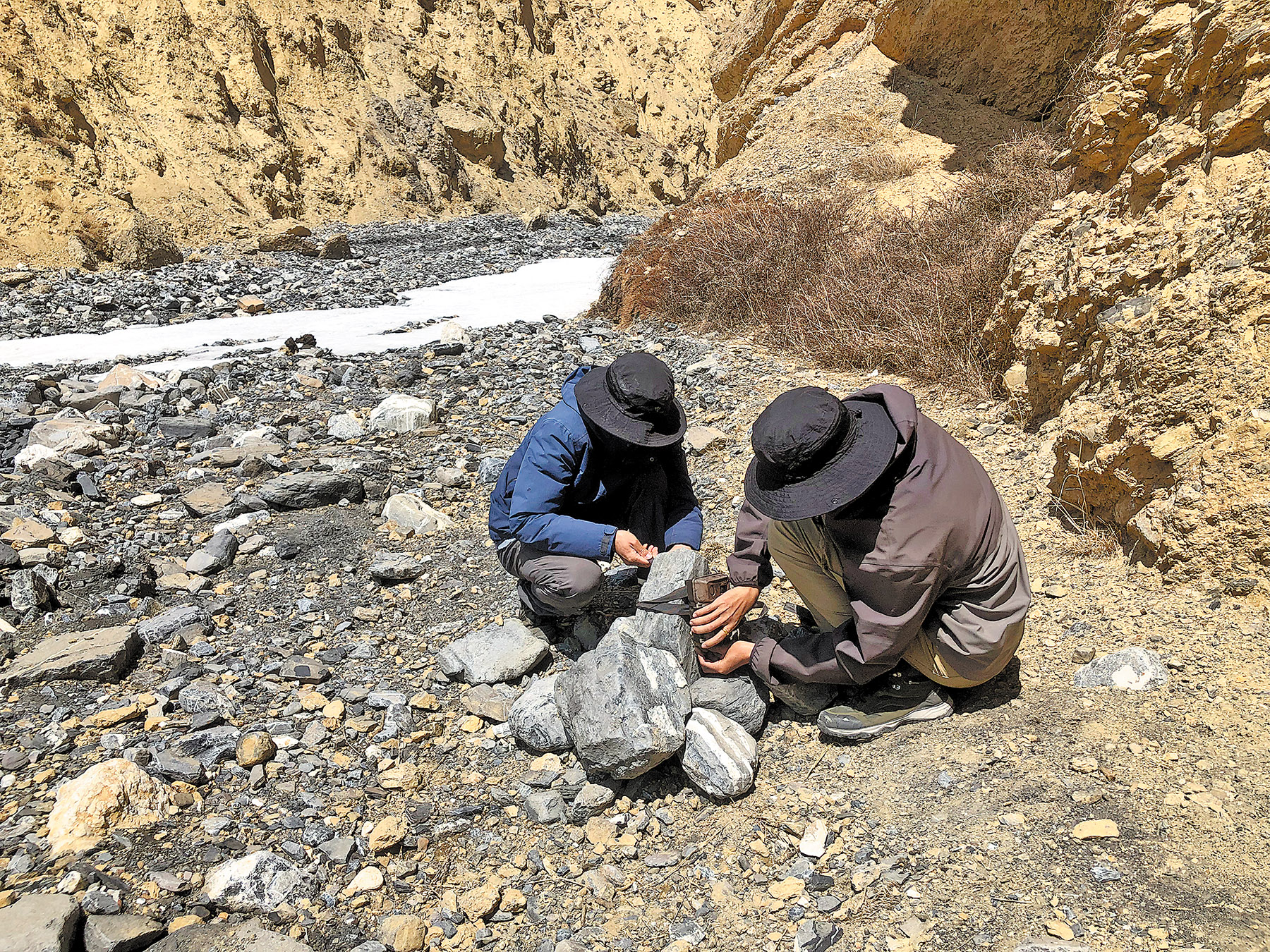
Snow leopards shot by infrared cameras are a particular favorite online.
As a flagship species for the conservation of alpine ecosystems, the population of snow leopards is an indicator of ecological health in high-altitude ecosystems. Alpine ecosystems also play a crucial role in water conservation and climate regulation, Gao said.
In 2021, the NGO used satellite tracking for the first time in China to show where snow leopards range. Through the analysis of a large number of infrared photos and other field survey data, they identified key distribution areas of the animal in the country, as well as its population in these areas.
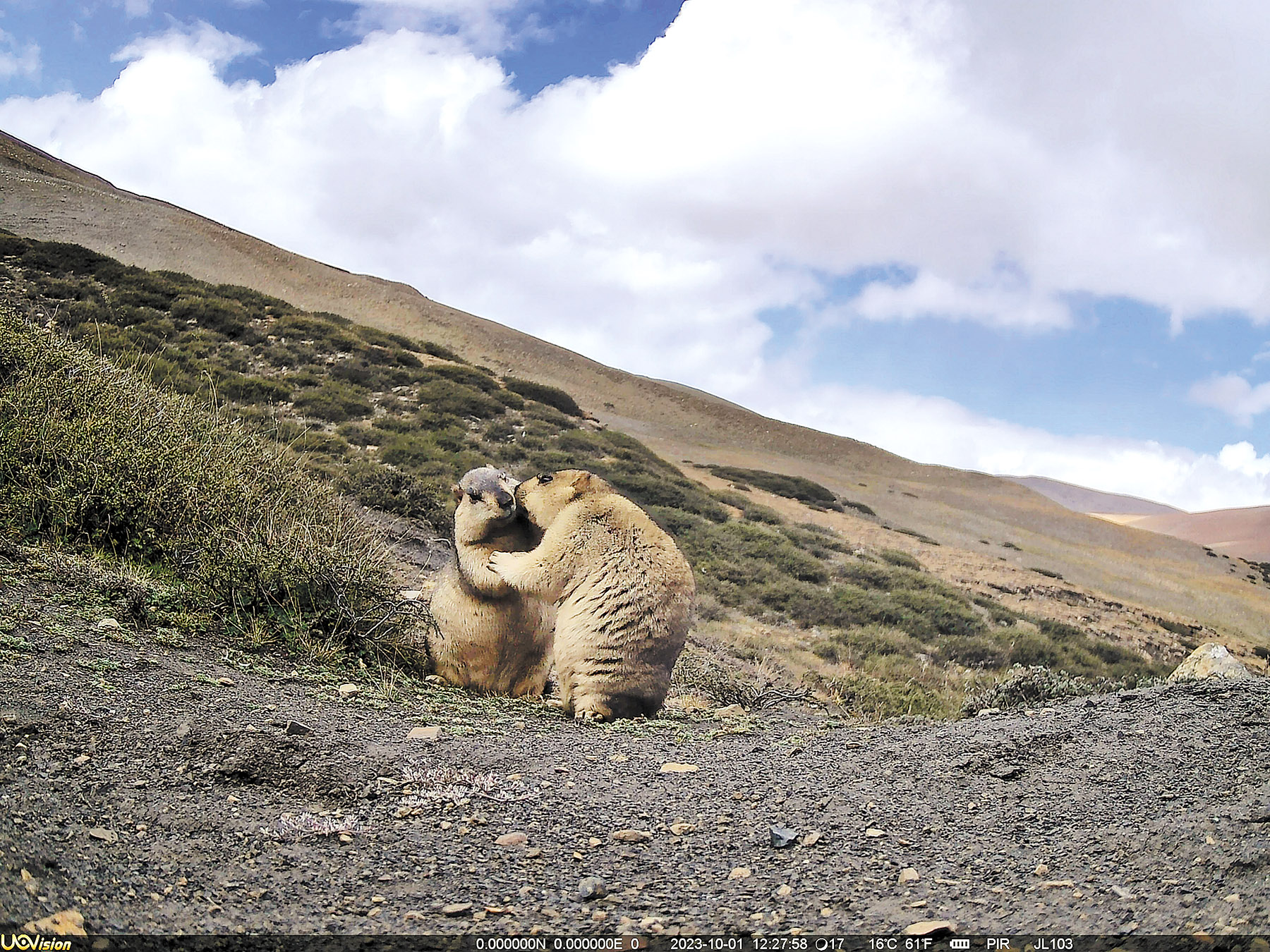
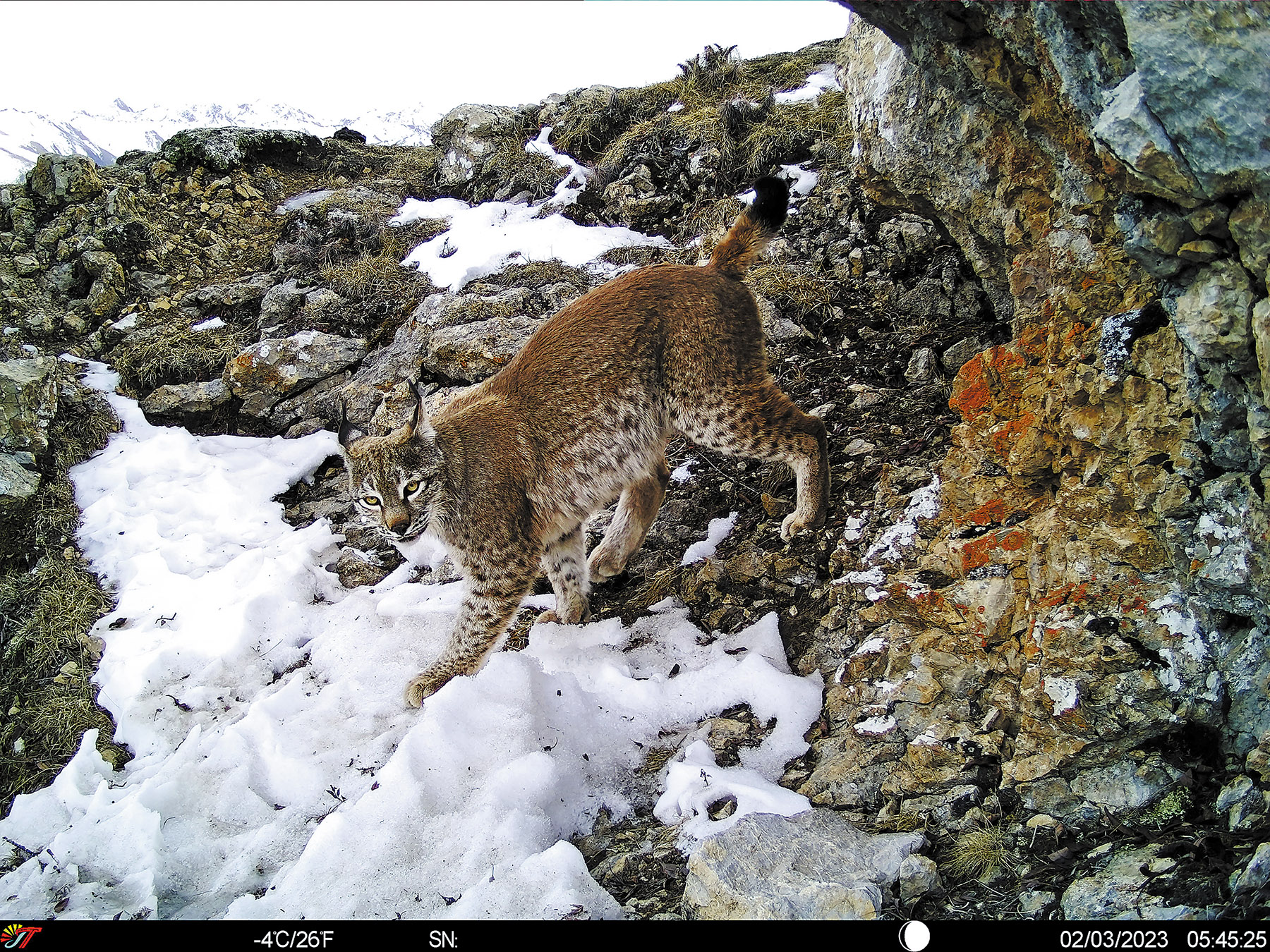
In a project carried out in the Tianshan Mountains in Xinjiang last year, infrared cameras caught an interesting scene around the carcass of a red deer. There were not only scavenging birds that are commonly seen, but also wild boars, red foxes, wolves and even magpies, all of whom had their sights set on a slice of the carcass.
"That's why we engage in biodiversity conservation work. It is not just about the protection of species diversity but also about the safeguarding of the normal functioning of the ecosystem," Gao said. "Learning about biodiversity helps us gain more specific insight into the world we live in, and better understand the relationship between nature and ourselves."
Wang Jing and Wang Danning contributed to this story.


